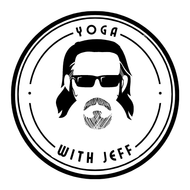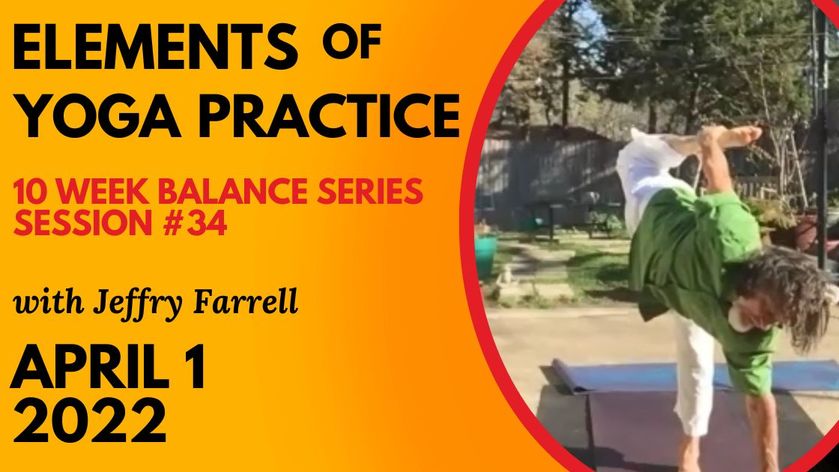It's really a video not an article. . . . And it is the captured video of one Salute sequence originating with one side.

WE move breath in our three planes, with our joints, and activate lymphatic flow. Every day morning warm up practice.
And then there is Breath. This not-so-secret “ingredient” is being talked about more than ever. Breath. What’s the big deal?
We take breath for granted. As long as you breathe, you are alive. You can go without food for several weeks, without water for several days, but without breath? Only a few short minutes. Every person breathes. Every person is a master of their breath, right?
James Nestor wrote a best-selling book with a bright yellow jacket entitled BREATH published recently. His main thesis observed the harms of mouth breathing and the benefits of nose breathing. In podcast interviews he opened the broader subject of breath to new audiences. Hours of discussion about Breath.
We have been breathing since we were born. But the breath is a unique function for us humans. We go to sleep and we breathe. We wake up and we breathe. The breath links the autonomic nervous system and the somatic nervous system. The breath links automatic functions such as heart action, vaso-dilation, digestion, and the gland’s release of hormones with voluntary functions such as walking, eating, speaking. This observation of Breath as a bridge is essential. The functioni of Breath participates in both Autonomic and Somatic functions.
The breath practices are called Pranayama. To practice breathing introduces a true shift of awareness. The simplest practices begin by observing one’s “normal” breath just as it is without changing it. Then we make simple, intentional choices, as simple as simple as being still and making the breath quality even with its inhale and its exhale. When you are still and observing your breath, then we can observe the four phases of the breath Yes, we inhale and exhale but also the breath cycle includes the point where you can inhale no more as well as the point where you can exhale no more. Each of the four phases of one Breath cycle ave their function and value. To place your unbroken attention on the present moment of the Breath as it moves through the four phases — try that for nine breaths. A simple concentration exercise for mediate benefit.
This is a video of the left side initiating movement in a Salute to the Sun sequence.
Breath is first. It activates stability and sensation, strength, balance, and an active but receptive mind. Then, move.
Congratulations! You are about to complete the first chapter and the first series of one minute videos.
There are several positions with inter-laced fingers. Do this one first and breathe nine deep breaths. If you cannot do this, nevermind. And accept the completion of the first chapter! You are prepared to go on to Chapter II which is the first sequence for Breath.
We will come back to Laced Fingers again in a subsequent chapter.
I will add specific series for laced fingers witih arm movement in future uploads. Every position has many variations. Every position begins with breath, stability, and wholeness. In every position we set our intention and move, guided by breath. The work is an effortless effort that confronts pain and learns.
This video completes the initial series of nine short videos to awaken the upper body.
IF YOU STARTED HERE GO BACK LIKE SHOOTS AND LADDERS TO THE FIRST VIDEO —
I. Standing A.) Arms, Shoulders, Neck 1.) Open/close the fist....
From a standing upright position, maintain stable and unmoving shoulders as best you can.
Isolate the head’s movement with a nod forward and back. Hinge the head forward and back. Inhale back, exhale forward. Make at least three reps of nodding “yes.”
Return to center. Turn the whole head right and then left. Turn the chin and forehead equally. Turn your eyes deeply back, too. First breath is to exhale over your shoulder. Make at least three reps of “no.”
Return to center. Tilt the head to one side. Pretend you could lift the ear up into the sky. Stay there and breathe. Feel the dilation in that side fo the neck. Feel the compression on the opposite side. Take three breaths on each side. Make three reps of “maybe.”
Return to center and make a circle with the top of your head. Turn the head three times to the right, then reverse three times. Every circle is a breath.
HOW TO USE THIS VIDEO SERIES:
Please watch the video then make the movement. Make at ...
If you have any questions about payments, text Donna at 214-663-3991.
~Group class rate if you have joined the Locals online group at the FREE level: $30. Click here to pay: https://buy.stripe.com/cNi28qemN5q0bDldWzf3a0j
~Group class rate for Locals supporters at the $5-$14/month level: $20
Click here to pay: https://buy.stripe.com/8wM16A10Rg249fW8wD
~Group class rate for Locals supporters at the $15-$59/month level: $15
Click here to pay: https://buy.stripe.com/cN25mQ7pf7vy2Ry6ow
~Group class rate for Locals supporters at $60 and above: FREE
I like this guy’s work online. He’s been around for a while and speaks so plainly about the body’s maps, functions, that you’re sure to like him, too.















